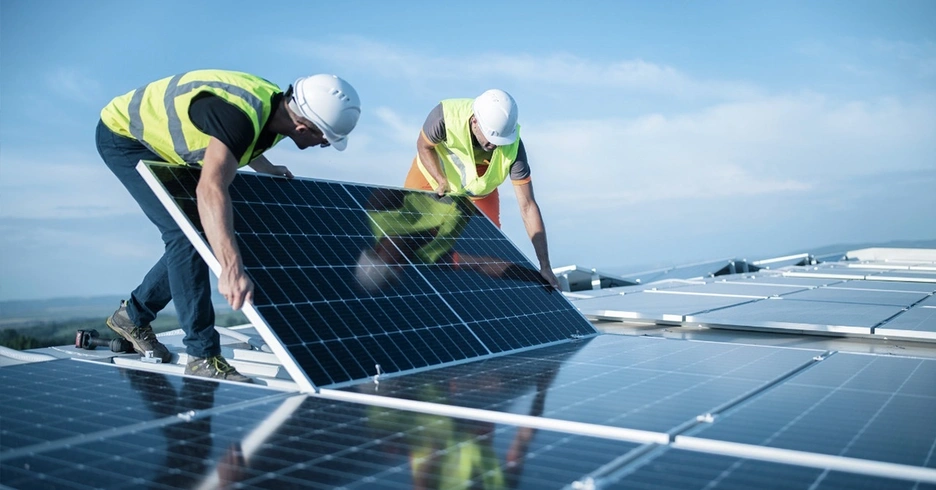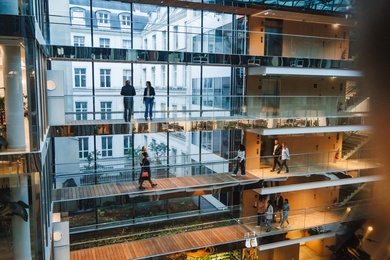Honduras, Where Low-Emission Manufacturing is Made Possible

The development of industrial parks is important for the economic growth of Latin America and the Caribbean (LAC). In our globalized world, adopting environmentally efficient practices is key for the region to be competitive.
Take Honduras, for example. Over 300 national and international companies are currently operating in industrial parks across the country; during the pandemic the sector continued business as usual using all the biosafety protocols, thus enabling thousands of Honduran people access to formal work.
This is a dynamic, efficient sector in line with market trends. And the world markets, led by the European Union, are shifting towards less GHG-intensive imports by possibly implementing rate mechanisms that would benefit products with a low carbon footprint.
When INHDELVA, a Grupo Kattan company and one of the main industrial parks in Honduras, made the decision in 2019 to invest in the generation of renewable energy in the form of solar panels for their industrial estates, its customers welcomed the initiative. On the one hand. it seemed the perfect time to invest in solar power given the reduced generation costs of the last few years; on the other, international clients operating from the industrial park appreciated the idea of producing with lower carbon dioxide emissions.
Supported by IDB Invest, the Company conducted feasibility studies and assessed economic and technical proposals. Finally, a loan was approved which included mixed financing with resources from the SREP program with the Climate Investment Funds. This gave Grupo Kattan the push it needed to decide to proceed with the investment; it installed 4 MW of solar power and started generating in 2020, despite the pandemic.
The successful installation of the first 4 MW and the implementation of the high-tech metering system allowed INHDELVA to quantify the energy generated, its savings and the drops in the emissions. Based on the results from the analysis of this information, in 2021 the Company decided to move forward with the second phase to reach 6.4 MW, which accounts for about 30% of the power consumed in the park, which was previously supplied from non-renewable sources.
For example, sewing 1kg worth of cotton T-shirts is completed using 0.29 kWh. At INHDELVA, if the energy were sourced from the national grid, this would translate into 190g/CO2, whereas it would rise to 368g if the power came from a diesel-based generator.
However, thanks to the installation of the photovoltaic park, CO2 emissions are reduced by -57g and -235g in the first and second scenario, respectively, a difference that could still be larger according to the plans to expand its photovoltaic system and certain actions to store energy and gain energy efficiency. It's worth citing that IDB Invest is currently exploring battery solutions, jointly with the client, to support this increase.
This quantifiable difference could be showcased in the international markets as a competitive edge over other producers with a larger carbon footprint per product unit.
LIKE WHAT YOU JUST READ?
Subscribe to our mailing list to stay informed on the latest IDB Invest news, blog posts, upcoming events, and to learn more about specific areas of interest.
Subscribe



